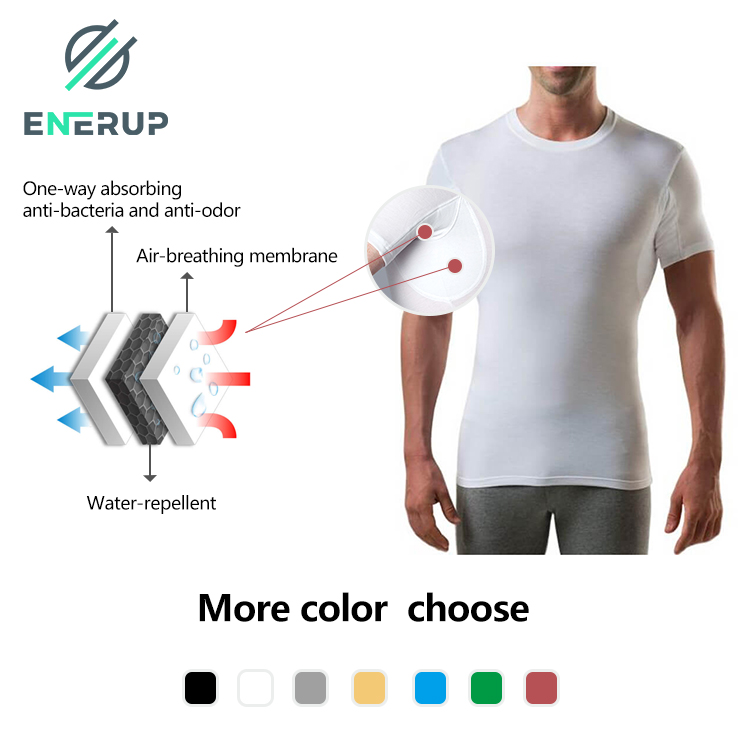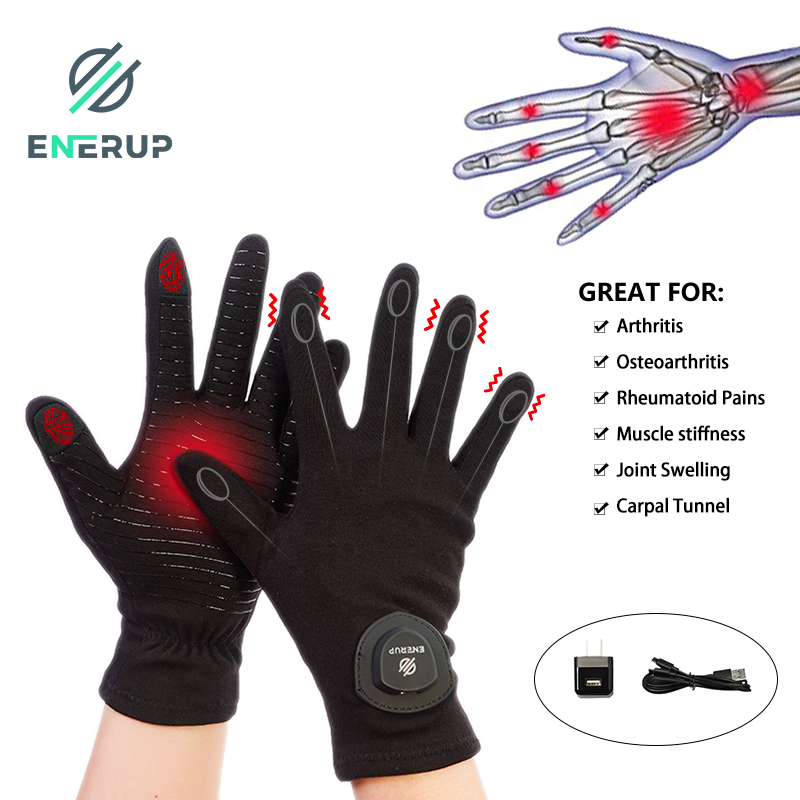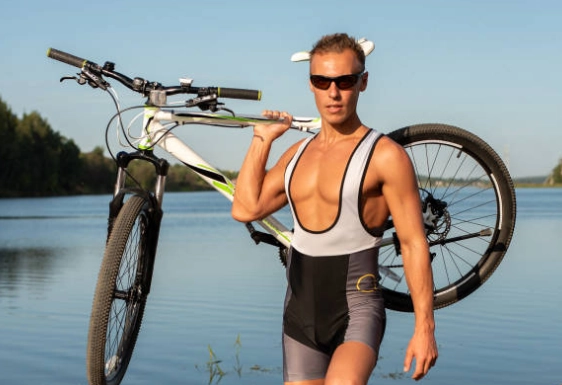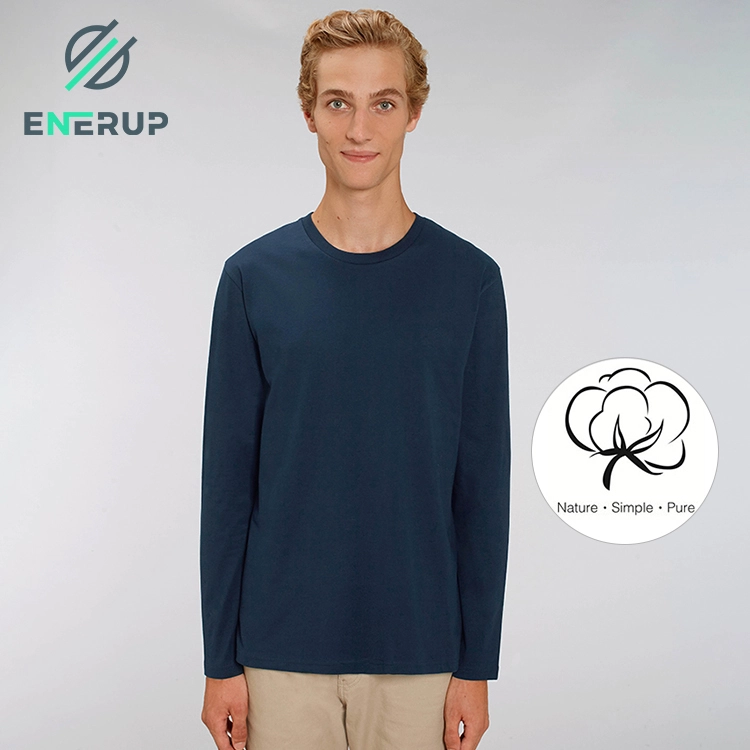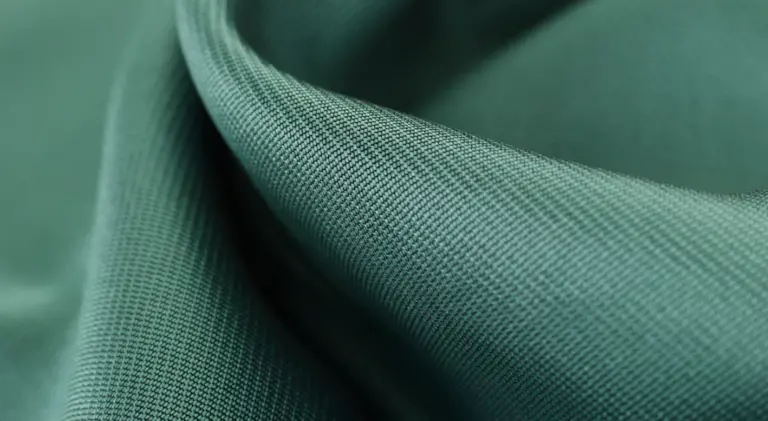There are millions of diabetic patients across the globe. One of the areas of diabetes that are normally overlooked but of the most importance is the care of the feet. Diabetics tend to develop foot problems due to decreased blood circulation, nerve damage, and infection sensitivity.
Most normal socks can’t provide the support and protection needed. Not having it will result in discomfort and even disease. The silver lining is diabetic compression socks and diabetic support socks come to fill the void. They provide specific benefits that will prevent foot complications and provide comfort.
Why Diabetic Socks Are Important to Foot Health
Understanding the Danger of Diabetes-Related Foot Complications
Diabetics are prone to peripheral neuropathy. This is as a result of nerve damage and leads to loss of sensation in the feet. One thus does not feel small cuts or injuries. This is harmful to sores and infection. Reduced blood flow is also brought about by diabetes. This will decelerate healing as well as make the feet vulnerable to infections and cuts.
If not treated, foot problems will be life-threatening conditions. They have to be treated by a doctor or in some cases be amputated. Diabetic socks are also designed to prevent friction, promote the flow of blood, and keep the feet dry and also irritation-free. They are, therefore, very helpful in preventing the development of foot complications.
How Regular Socks Lack for Diabetic Needs
Non-diabetic stockings really do not serve to aid the treatment of the diabetes condition. They are stiff elastic cuffs. These will cut off the blood flow and produce puffiness and tightness. Moreover, bulky stitching brings on pressure areas. These could give rise to blisters or abrasion. Further, non-diabetic stockings utilize non-porous fabric. This type of material retains moistures and gives rise to the possibility of fungus or bacteria formation.
Contrary to this, diabetic socks do not try to cause such risks. They use seamless construction, gentle pressure, and evaporation of moisture. These, combined, are effective in being a source of security and comfort for sensitive feet.
Major Differences Between Diabetic Support Socks and Normal Socks
Development in Diabetic Socks Material
Diabetic socks contain high-end moisture-wicking fabrics like bamboo, merino wool, or synthetic. They dry the feet and insulate them. These prevent hyperhidrosis, which prevents fungal infection and odor.
Everyday socks, on the other hand, usually contain polyester or cotton. These retain and create less aired conditions. This will foster the development of bacteria and is not recommendable to treat diabetes foot.Pressure Distribution and Non-Binding Design
A notable trait of diabetic support socks is their non-restrictive structure. Unlike standard socks with tight bands that may limit blood flow, diabetic socks are designed to spread pressure evenly without squeezing. This supports robust circulation and lowers the chance of swelling and numbness.
Compression diabetic socks elevate this further. They provide graduated compression that softly aids blood flow while stopping blood from pooling in the legs. This proves especially helpful for those facing regular leg tiredness or swelling due to diabetes-related blood flow problems.
Seamless Toe Construction for Irritation-Free Wear
Typical socks often have chunky seams at the toes. These can rub and cause skin annoyance, blisters, or sores. Diabetic socks, however, boast seamless toe designs. This removes unneeded pressure points. Such a feature is vital for those with neuropathy, who might not sense discomfort from badly positioned seams right away.
Antimicrobial and Odor-Resistant Properties
Diabetic socks frequently include germ-fighting treatments to stop bacterial and fungal growth. This is key for infection prevention since diabetics are more vulnerable to foot infections. Plus, odor-blocking technology keeps them fresh longer, making these socks a sensible pick for everyday use.
Regular socks, though, lack these protective qualities. This makes them less ideal for people needing extra cleanliness steps to maintain foot health.
The Science Behind Compression Diabetic Socks
How Graduated Compression Supports Circulation
Compression diabetic socks use graduated compression technology. The pressure is firmest at the ankle and eases toward the calf. This setup boosts blood movement, curbing swelling and lowering the odds of issues like deep vein thrombosis (DVT).
Unlike ordinary socks that offer no circulatory aid, compression diabetic socks deliver a medical-grade fix for common blood flow troubles. Thus, they help people preserve prime foot health.
Compression Levels: Medical vs. Lifestyle Use
Compression socks come in varying strength levels, gauged in millimeters of mercury (mmHg).
- Mild compression (15-20 mmHg) suits those seeking daily aid and slight blood flow enhancement.
- Moderate compression (20-30 mmHg) works well for people with fair swelling, varicose veins, or diabetic circulation woes.
- Medical-grade compression (30-40 mmHg and higher) is usually advised by physicians for those with severe blood flow issues.
Picking the right compression strength is critical. Excessively tight socks might hamper circulation rather than improve it.
Why Over-the-Counter Compression Socks Aren’t Enough
Many store-bought compression socks lack medical backing. They may not provide the exact pressure spread required for diabetic foot care. Poorly fitted compression socks can cause more harm than good. They might lead to unease or worsen blood flow problems.
For those with diabetes, opting for top-notch, medically-endorsed compression diabetic socks is wise. These meet precise health standards.
Choosing the Best Compression Socks for Diabetics
5 Must-Have Features in Quality Diabetic Support Socks
Top-tier diabetic support socks should feature:
- Non-restrictive tops to avoid blood flow limits.
- Smooth, flat seams for annoyance-free wear.
- Airy, moisture-handling fabric to keep feet dry.
- Padded soles to cushion impact and shield tender feet.
- Medical-grade compression approval for proper support.
How to Measure for the Perfect Fit
Securing the ideal fit is vital for comfort and effectiveness. Measure foot and ankle girth. Then, choose socks matching these sizes to avoid excessive tightness or slackness. A properly fitted sock boosts blood flow without causing discomfort.
Customization Options for Unique Needs
Companies like Harvest SPF Textile Co, Ltd craft custom compression diabetic socks with advanced foot care traits. Their offerings include non-restrictive tops, seamless builds, and moisture-draining fabrics to support diabetic foot wellness. They also provide ODM options. This lets brands and stores develop fresh diabetic sock lines suited to particular needs.
FAQs About Diabetic and Compression Socks
Can diabetic support socks prevent foot ulcers?
Yes, they lessen rubbing and pressure. This sharply cuts ulcer risks.
Are compression diabetic socks safe for everyone?
They’re broadly safe. However, they may not suit those with severe artery disease.
How often should I replace my compression socks?
For peak performance, swap them every 3-6 months, based on wear.
What makes compression diabetic socks different from regular compression socks?
Diabetic socks prioritize foot safeguarding, seamless builds, and moisture management. Regular compression socks might not tackle these specific demands.
A Fresh Perspective on Diabetic Footwear Innovation
Emerging Trends in Diabetic Sock Technology
Progress in textile engineering has birthed smart diabetic socks. These track temperature, pressure, and moisture levels instantly. Such breakthroughs help stop foot issues before they turn serious.
Sustainability in Diabetic Sock Production
Green materials like organic bamboo fibers and recycled synthetics are gaining traction in diabetic sock making. Eco-conscious production blends environmental care with medical-grade quality.
Final Thoughts: The Right Socks Make a Difference
Diabetic socks are more than just cozy footwear. They serve as a forward-thinking shield against severe foot health troubles. Whether you seek non-restrictive support or graduated compression, investing in top-quality diabetic socks can greatly improve outcomes.
Check out premium diabetic sock options with Harvest SPF Textile Co, Ltd. They offer expert customization services tailored to foot health needs.


